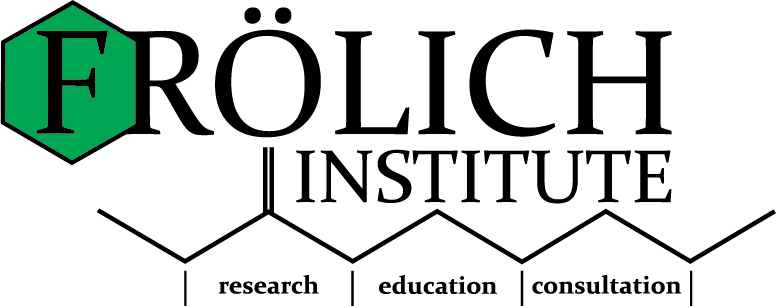$1,295 per test
DERMAL IRRITECTION®
The Irritection® Assay System is a standardized and quantitative in vitro test method which utilizes changes of relevant macromolecules to predict the ocular and dermal irritancy of chemicals, mixtures and product formulations. This advanced technology represents a refinement of the Company’s former Eytex and Skintex products.
Why Use the Irritection® Assay System?
- The Irritection® Assay System provides an accurate and reliable GHS accepted alternative to the traditional animal tests of ocular and/or dermal irritancy, and is considerably less expensive than in vivo tests.
- Irritection® results may be obtained in as little as 1 day, versus the standard of several weeks required for in vivo studies. Rapid results provide quicker feedback on formulation changes and significantly decrease product development times.
- The Irritection® assays are quantitative and highly reproducible, thus allowing comparative ranking of samples and formulations with great accuracy.
- Prior studies have demonstrated that the Irritection® Assay results are correlated as high as 90% correlated with those obtained in GHS testing and standard Draize tests.
How the Dermal Irritection® Assays System Works
Chemicals that cause dermal irritation are known to induce alterations in the structure of keratin, collagen and other dermal proteins. The Dermal Irritection® Assay System is an in vitro test that mimics these biochemical phenomena.
This test also consists of two components:
- A membrane substrate that has been modified by covalently crosslinking a mixture of keratin, collagen and an indicator dye to it and;
- A reagent solution consisting of a highly organized globulin/protein macromolecular matrix.
Application of an irritant chemical to the membrane disc disrupts the ordered structure of keratin and collagen and results in release of the bound indicator dye. Additionally, dermal irritants induce changes in conformation in the globular proteins found in the reagent solution. The extent of dye release and protein denaturation may be quantitated by measuring the changes in optical density of the reagent solution at 450 nm (OD450).
Comparison of these optical density measurements to those produced by standard chemical irritants permits calculation of an “irritancy score” that has been shown to be directly related to the potential dermal irritancy of the test material. These results are accurate, reliable and produced faster at a fraction of the cost for in vivo assays.

